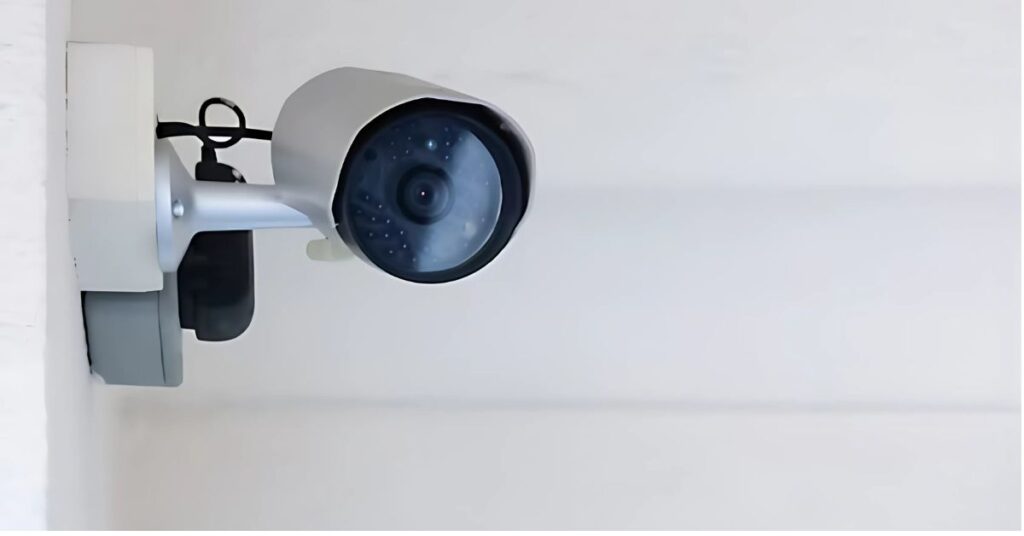Security cameras are vital tools for protecting homes, businesses, and public spaces. However, simply owning high-quality cameras is not enough; proper placement plays a critical role in maximizing their effectiveness. Knowing the best placement of security cameras can mean the difference between a secure property and vulnerabilities that criminals can exploit. In this article, we’ll discuss optimal camera placement strategies, use cases for different camera types, and tips for leveraging tools like an outdoor security camera placement diagram to enhance security.
Understanding the Importance of Proper Camera Placement
Security cameras act as both deterrents and evidence-gathering tools. However, poorly positioned cameras can fail to capture crucial details or leave blind spots in your surveillance coverage. This makes strategic placement essential for ensuring comprehensive monitoring.
Factors such as property layout, entry points, lighting, and the type of camera system (like IP security cameras or PoE security camera systems) all influence placement decisions. Let’s explore some best practices to help you plan your camera installation effectively.
Key Areas for Security Camera Placement
1. Entrances and Exits
One of the most critical spots to install security cameras is at all main entrances and exits. These areas are common points of access for both authorized and unauthorized individuals.
- Tips for Entrances:
Place cameras at a height of 8-10 feet, angled downward, to capture clear views of faces without being easily tampered with. Consider using dome security cameras for their wide-angle coverage and vandal-resistant design. - Garage Doors and Back Doors:
Don’t forget secondary access points like garage doors or back doors. These areas are often targeted by burglars seeking discreet entry.
2. Driveways and Parking Lots
Monitoring driveways or parking lots helps keep an eye on approaching vehicles and individuals. It’s also crucial for capturing license plates and identifying visitors.
- Using IP Security Cameras:
High-resolution IP security cameras are ideal for outdoor use, as they can capture detailed footage even in low light. Pairing them with a PoE security camera system ensures reliable connectivity and power over a single cable.
3. Common Outdoor Areas
Patios, gardens, and other outdoor spaces can also benefit from surveillance. An outdoor security camera placement diagram can help you visualize optimal angles and coverage for these areas.
- Weatherproofing and Lighting:
Outdoor cameras should be weather-resistant and equipped with night vision to ensure round-the-clock performance.
4. Hallways and Stairwells
Inside buildings, hallways and stairwells are high-traffic areas that should not be overlooked. Cameras here can monitor movement between rooms or floors, acting as an additional layer of security.
5. Blind Spots Around the Property
Perform a thorough walkthrough of your property to identify any blind spots. These could be areas not visible from windows or concealed by landscaping.
Choosing the Right Security Camera for Each Location
Different types of security cameras excel in specific scenarios. Here’s a quick overview:
Dome Security Cameras
- Best For: Indoor and outdoor use, vandal-prone areas, and 360-degree coverage.
- Advantages: Their discreet design makes them less noticeable, while their durability ensures long-lasting performance.
IP Security Cameras
- Best For: High-resolution footage and remote access.
- Advantages: These cameras offer superior image quality and can be integrated with smart devices for real-time monitoring.
PoE Security Camera Systems
- Best For: Large properties requiring multiple cameras.
- Advantages: Power-over-Ethernet systems simplify installation by combining power and data transmission through a single cable, reducing clutter and ensuring consistent performance.
Using an Outdoor Security Camera Placement Diagram
Visualizing your camera placement is an essential step in planning your surveillance system. An outdoor security camera placement diagram can help you map out coverage areas, identify blind spots, and ensure optimal positioning.
Steps to Create a Placement Diagram:
- Sketch Your Property: Include all entry points, driveways, and outdoor areas.
- Mark Camera Locations: Place cameras at strategic points to cover key areas like entrances, perimeters, and blind spots.
- Test Coverage: Walk through your property to ensure there are no gaps in surveillance. Adjust the angles as needed.
- Consider Overlapping Fields of View: Overlapping camera views ensure continuous monitoring if one camera fails or is obstructed.
Installation Tips for Optimal Camera Placement
- Height Matters: Mount cameras high enough to deter tampering but low enough to capture useful details like faces and license plates.
- Angle Strategically: Cameras should be angled downward to avoid glare and focus on target areas.
- Avoid Direct Sunlight: Position cameras to avoid facing direct sunlight, which can cause glare and distort images.
- Secure Mounts: Use sturdy mounting hardware to ensure cameras remain stable during extreme weather conditions.
- Test Before Finalizing: Always test camera views before securing them permanently to ensure the coverage meets your expectations.
Leveraging Technology for Enhanced Security
Modern security camera systems come equipped with advanced features that further enhance their effectiveness:
- Motion Detection: Reduces storage use by recording only when activity is detected.
- Night Vision: Ensures visibility in low-light conditions.
- Cloud Storage: Provides secure and scalable storage options.
- Mobile App Integration: Enables real-time monitoring and alerts directly on your smartphone.
Maintaining Your Security Camera System
To ensure long-term reliability, regular maintenance is key:
- Clean Lenses: Dust and debris can obstruct camera views.
- Check Connections: Inspect cables and power supplies periodically.
- Update Software: Keep firmware updated to maintain security and functionality.
- Review Footage Regularly: Periodically check recordings to ensure cameras are working as intended.
Conclusion
Proper security camera placement is essential for maximizing the effectiveness of your surveillance system. By strategically positioning cameras at key points like entrances, blind spots, and high-traffic areas, you can ensure comprehensive coverage and enhanced security for your property. Tools like an outdoor security camera placement diagram and advanced systems such as dome security cameras or PoE security camera systems further streamline the process.
Investing time in planning and maintenance will provide you with peace of mind, knowing your home or business is well-protected. Whether you’re using IP security cameras for high-resolution footage or dome security cameras for discreet monitoring, remember that the right placement can make all the difference.
ALSO READ: SM-AF1087: A Superior Solution for Cleaner Indoor Air

